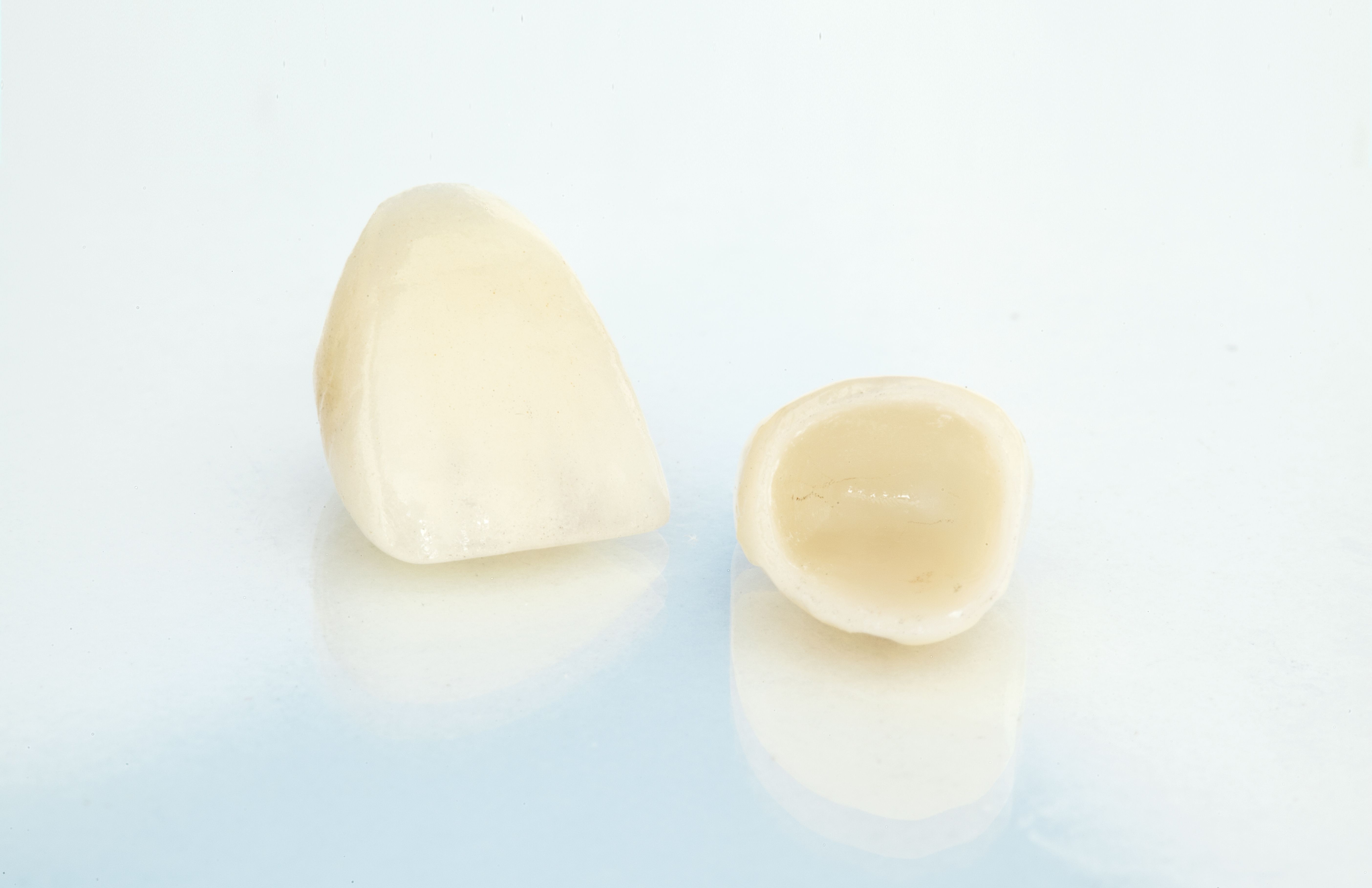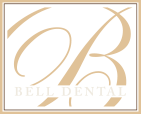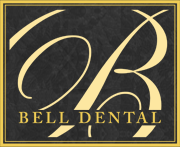What Causes Damage to Crowns and Fillings?
 The team at Bell Dental knows that dental problems take many different forms. Sometimes it's tooth decay, other times it's gum disease, and other times it's a problem with the jaw joint. No matter what issue a patient faces, our Lake Jackson restorative dentistry practice is here to help.
The team at Bell Dental knows that dental problems take many different forms. Sometimes it's tooth decay, other times it's gum disease, and other times it's a problem with the jaw joint. No matter what issue a patient faces, our Lake Jackson restorative dentistry practice is here to help.
It may sound surprising, but sometimes patients have problems with their fillings, crowns, inlays, and onlays. Even though they're designed to fix teeth, they can be an issue that needs to be dealt with.
How Durable Are Dental Restorations?
Fillings, inlays, onlays and crowns are quite durable. They are able to withstand many of the same pressures that your natural tooth structure experiences. That said, they are strong bu not indestructible. Most dental restorations will last about 10 years. In some cases, good dental care and oral hygiene can help your restorations last for up to 15 years.
Physical Trauma
Trauma to the face or mouth can lead to serious damage to restorations as well as your natural teeth. There are many types of trauma that can cause these sorts of problems:
- Auto accidents
- Slips and falls
- Contact/combat sports
- Physical altercations
Biting Into a Hard Object
One of the worst feelings you can have while eating is biting into a hard object you were not expecting. This could mean a very crunchy bit of fried potato. In worse scenarios, it may mean biting into an unpopped popcorn kernel or some bone. These can do serious harm to your teeth and your dental restorations.
Teeth Grinding (Bruxism)
Teeth grinding is the gnashing and clenching of the teeth when a person is asleep. This can lead to serious stress on your crowns, inlays, and onlays. Over time, this can crack even a solid dental restoration.
Signs of Damaged Crowns and Fillings
The most common signs of damaged crowns and fillings include:
- Noticeable chips and cracks on restorations
- Pain while biting or chewing
- Sensitivity to hot or cold food items/beverages
- Looseness of a restoration
If you should notice any of these above issues, be sure to contact your dentist as soon as possible so the matter can be addressed in a timely manner.
Treatments for Damaged Dental Restorations
The most ideal treatments for damaged dental restorations typically involve the replacement of the problem crown, inlay, onlay, or filling. This involves a similar procedure as the initial placement of the restoration.
Your dentist will take all precautions possible to ensure that you maintain as much strong and healthy tooth structure as possible. The use of a tooth-colored or metal restoration can be discussed in more detail during your visit to the practice and an evaluation of your situation.
Extending the Lifespan of Dental Restorations
Keep these tips in mind to extend the lifespan of your dental restorations:
- Brush your teeth at least twice a day (ideally after every meal)
- Floss your teeth at least once a day (ideally after every meal)
- Wear mouth protection and face protection during sports when applicable
- Wear a helmet while on your bike or motorcycle
- Visit your dentist twice a year for regular checkups and appointments
Contact Bell Dental
For more information about treating damaged dental restorations and helping your smile look its very best, be sure to contact our cosmetic and restorative dentistry practice today. The team at Bell Dental will work with you to craft an ideal dental care solution.



